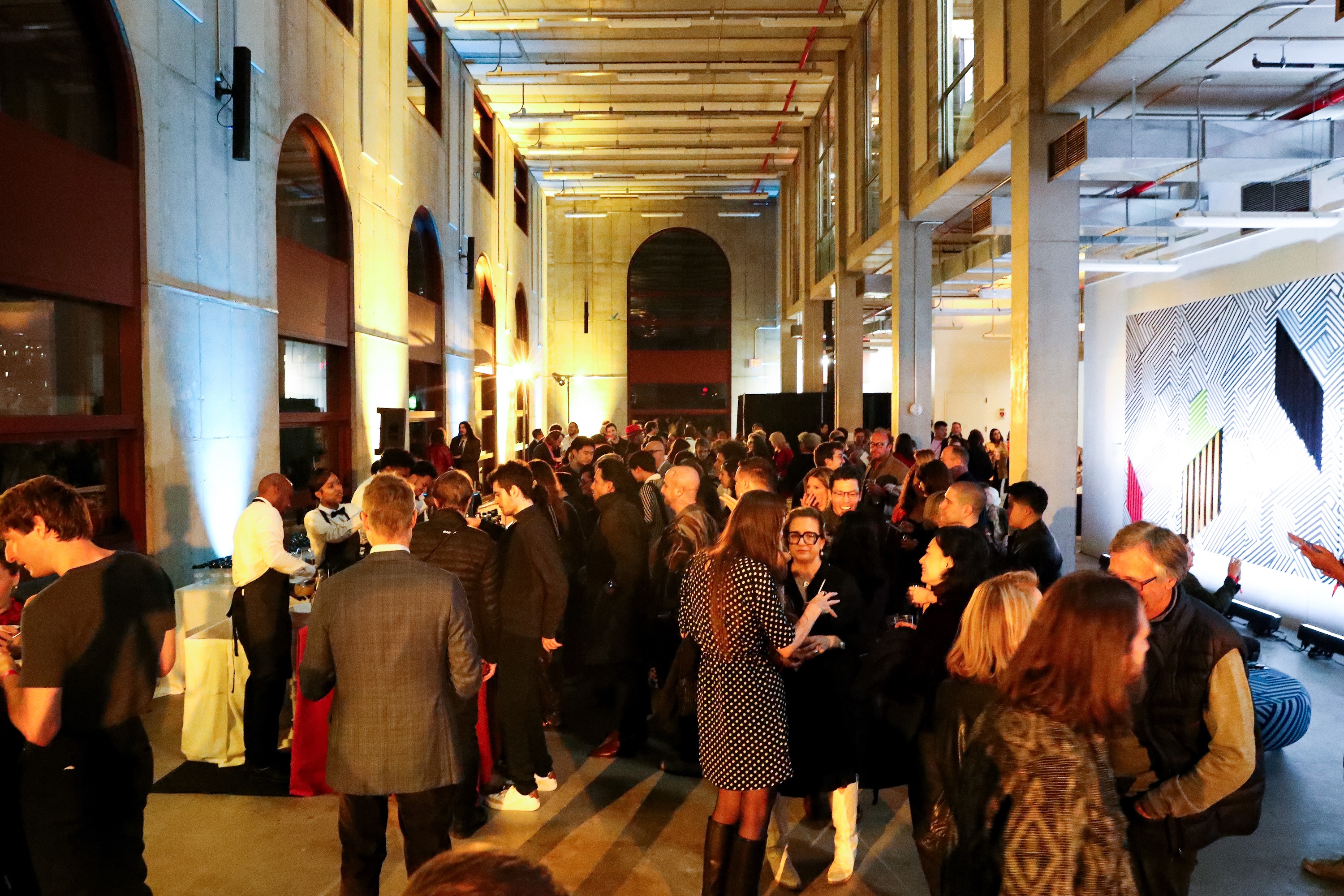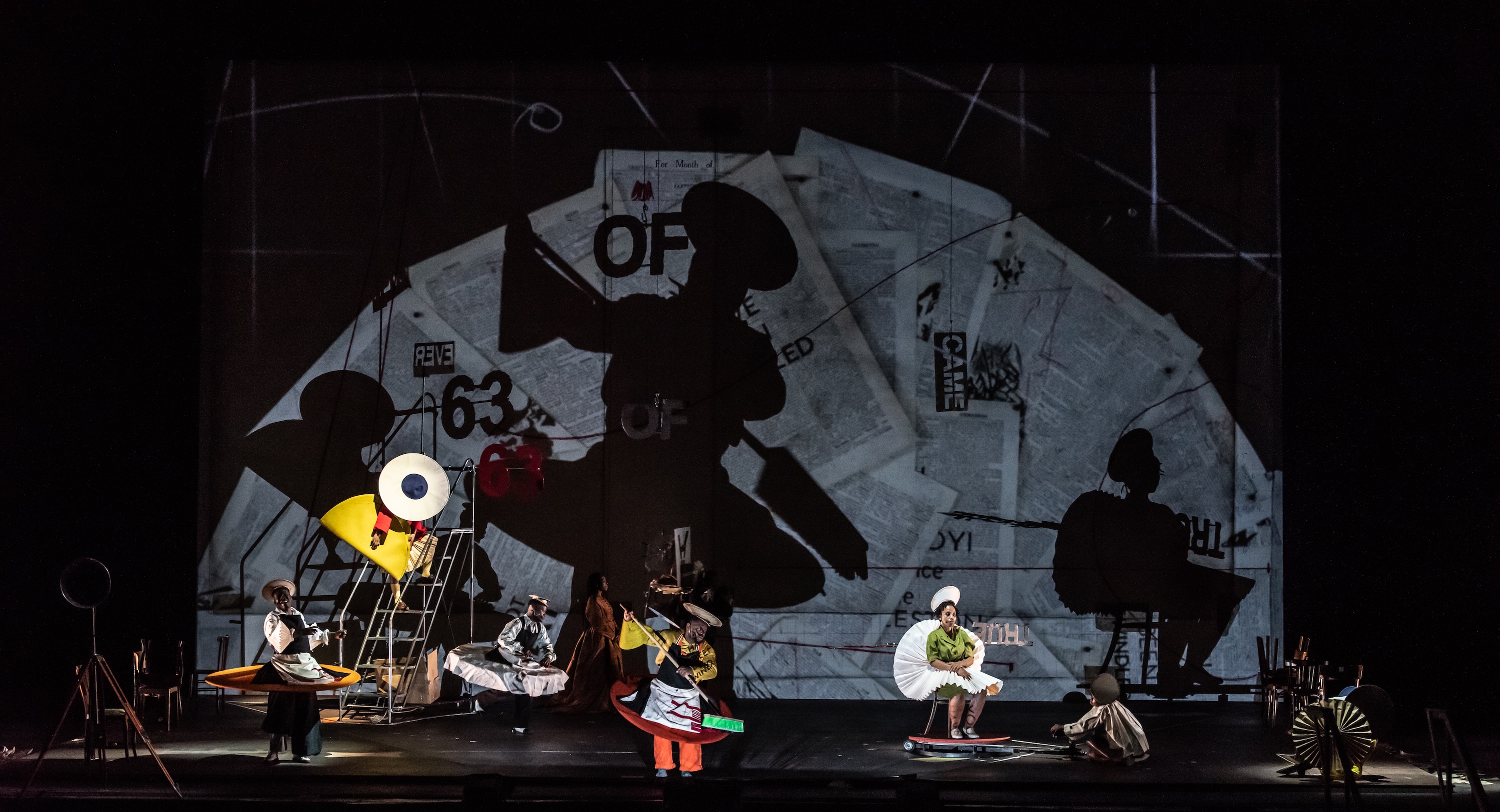F L A U N T


Like many areas in New York City, the lot on 322 3rd Avenue in the Gowanus district of Brooklyn has experienced many periods of change. If one were to look at an extended timeline, in origin it was Lenape land. By 1886, one could find the block on Gowanus Canal on a lithographed Sanborn map as the Nassau Sulfur Works and the Shaw Matthew Materials and Paper Stock. A fire in Ridgewood, a railroad accident & a squatter colony later, the once-firing Brooklyn Rapid Transit Power Station has settled into its current identity as an emerging nonprofit contemporary art center, Powerhouse Arts.
Lending itself as a creative production center, the industrial landscape of the historic Boiler House has become somewhat of a burgeoning incubator for a wide range of multidisciplinary artists. In an era in which the future of fine arts programming and education is in an all-too-precarious position, the Powerhouse lends itself to be a brick-laden haven for print, ceramics, and public arts production.
On October 9th, Powerhouse Art’s held its second annual Artists Celebration, entitled the Fête of the Fates. A movable feast of sorts, it was the only place in New York that night where one could unwittingly stumble on both caviar on eggs as well as an industrial printer the size of a car (but could still delicately inscribe a barbed chain on top of feathers.) The evening had culminated in William Kentridge’s U.S debut of his opera, Waiting for Sibyl for which the two-part production had earned the 2023 Olivier Award for Outstanding Achievement in Opera.

Originally commissioned by the Rome Opera as a companion piece to Alexander Calder’s 1986 piece Work in Progress, the opera became Kentbridge’s interpretation of the 19-minute “ballet without dancers.” What developed out of this piece was Waiting for the Sibyl, a spinning meditation on fate and our innate desire to know the future. While the original piece featured Calder’s signature kinetic mobiles and performers cycling onstage, Waiting for Sybil, is a vocal & visual performance spanning animation and performance art.
Existing as a dialogue between the playwright, Calder, and the Sibyls of Fate themselves, this latest iteration by Kentbridge illuminates hand-animated charcoal sculptures. Amorphous at times and glaringly apparent at others, the piece gained coherence through image-bearing repetition.
Kentbridge mediates the story of the Cumean Sibyl found at the end of Dante’s Paradiso in his documentation of the work. He cites the story of the Greek prophetess, who wrote prophecies on the oak leaves that she had arranged at the entrance of her cave. If one were to go and retrieve their written oak leaf, a strange breeze would blow the leaves out of recognition so that the reader would never entirely know if they had received their fate - or someone else’s. The teasing nature of fate, and our relationship to dread among known and unknown futures, are heavily laden with expectation, but what can one do to fight the winds of fate?
Through Nhlanhla Mahlangu and Kyle Shepherd’s masterful composition, Waiting for Sybil features South African vocal harmonies and elements of jazz in a 10-performer production as balanced as a Calder mobile. Kentbridge has created a world in which you are encouraged to explore the other could-have-should-have-would-haves of sliding doors. The live performance of Sibyl seeks to answer the question, “To what end?”
Take the history of 153 Second Street for instance. In the building’s 117-year-old history, the world writ-large has changed rather dramatically. Constructed in the 19th century, the Brooklyn Rapid Transit Power Station was constructed following an incident in Ridgewood in which a power station had burned down. In need of a new powerhouse, Gowanus Canal was adopted as the new site due to the area’s industrial nature and well-equipped proximity to coal and water.

Following a particularly nasty wreck in 1918, in which a Brighton Beach-bound train had derailed beneath Willink Plaza at the intersection of Flatbush Avenue, Ocean Avenue, and Malbone Street, the Brooklyn Rapid Transit Company had gone bankrupt. The conductor at the time was reported to have not been trained and was pressured to become a motorman as a result of an ongoing strike (that started on the morning of the crash, in fact) within the transit company over issues involving unions and organizing (pith.) The second-deadliest train crash in American history -- it was a rush-hour nightmare in which most of the hospitals in the area were at capacity due to the ongoing Spanish Flu epidemic.
In a hundred-year retrospective in the New York Times in which the motorman was recorded answering what went wrong that morning on November 1st, 1918, he said, "I don't know, I lost control of the damn thing. That's all."
That being said, the Powerhouse was closed down in 1939 and sat quietly until the early 2000s, when a group of squatters had settled a community in the area. It earned its nickname as the Batcave, establishing a community with codes of conduct and disallowing hard drug use. They had gone as far as to set up toilets that operated on rainwater and had organized tasks for communal living. You could still see remnants of the squatter community in the graffiti of what is now known as the Grand Hall inside the Powerhouse Arts.
Much like the building’s many reworkings throughout the years, it is often unpredictable what will come next. Had the train not crashed, had the motorman been trained, had the hospitals not been at capacity as a result of the Spanish flu, had the group of New York teenagers not run away and started the community in the Batcave, the future of “had” is broad...